At first sight, BU doesn’t appear to have much green space. The school’s campus stretches for two-miles along Commonwealth Avenue, one of Boston’s busiest streets, giving it limited space for rolling fields, trees and meadows.
Although green space appears sparse, students and professors have found a variety of urban sanctuaries both on and off campus.
Green spaces are especially impactful in cities because of their high population densities in small geographic locations, said Pamela Templer, distinguished professor and chair of the College of Arts and Sciences Biology Department.
“Studies have shown students do better in school when they have green space and access to it,” Templer said. “There’s lot of benefits to having green space.”
On campus, students often play games and relax on BU Beach, a grassy strip behind Marsh Chapel overlooking the Charles River.
The College of Communication Lawn, lined with picnic tables and adirondack chairs, serves as another outdoor space where students study or chat with peers.
Beyond campus, there are several parks, fields and preserves, some of which are only a few minutes away from campus.
Sophomore Nathaniel Barrett said the Boston Common, a historic 44-acre public park in Boston’s city center, is a “really nice” green space near BU.
“There’s a lot of historical monuments, and it’s great for people-watching or bird-watching,” Barrett said. “There’s always performers, or just benches you can sit [at] to read or study.”
He added the park is only a few T stops away from Kenmore Station, located on the easternmost part of campus.
Sophomore Noah Ballesteros recommended walking along the Charles River Esplanade, which is accessible from campus using the BU Bridge or pedestrian bridges on Silber Way and Bay State Road.
Walking along this path, people can listen to the water and watch people running along or rowing in the river, he said.
Templer said she loves the view BU gets of the Charles River.
“[The river] connects so many different parts of the city so seamlessly,” she said.
Marcia Pescador Jimenez, an assistant professor in the School of Public Health, said one of her favorite green spaces in Boston is Southwest Corridor Park, a linear park surrounded by trees that stretches from Back Bay to Forest Hills.
“There is something when I watch the leaves move with the air, or even when it’s raining and I hear the drops on the trees. It just brings something in me that calms me down immediately,” she said. “I remember as a little girl just watching the trees and being happy.”
Trees absorb pollutants in the environment and store it as part of their biomass — filtering air and water, Templer said.
“The more they take into their biomass, the less likely you and I are to be negatively affected by it,” she said.
Jimenez added that green space increases opportunities for physical activity and social connection, which both can benefit people’s overall health.
“During the pandemic, I was at home with two little kids,” she said. “I think the one thing that kept me going was [being able] to take walks outside … I immediately felt my stress levels go down.”
Through her research, Jimenez found that both children and older adults who spend more time in green spaces report higher levels of cognitive function. Her studies also demonstrated that higher exposure to green spaces as an adult is associated with protection against Alzheimer’s disease and related dementias.
The University maximizes the green space available, despite its location, Templer said.
Since she arrived at BU in 2005, Templer has noticed new trees along Comm. Ave. and increased vegetation near where she works.
Although it is impossible to transform the entire campus into a green space, BU continues to work toward becoming more climate-friendly.
“It’s on its road to improving it a lot,” she said. “We can’t completely become greenhouse neutral on campus just because of all the greenhouse gas emissions that are made on campus, but we can [offset] it elsewhere and [invest] in different places.”




























































































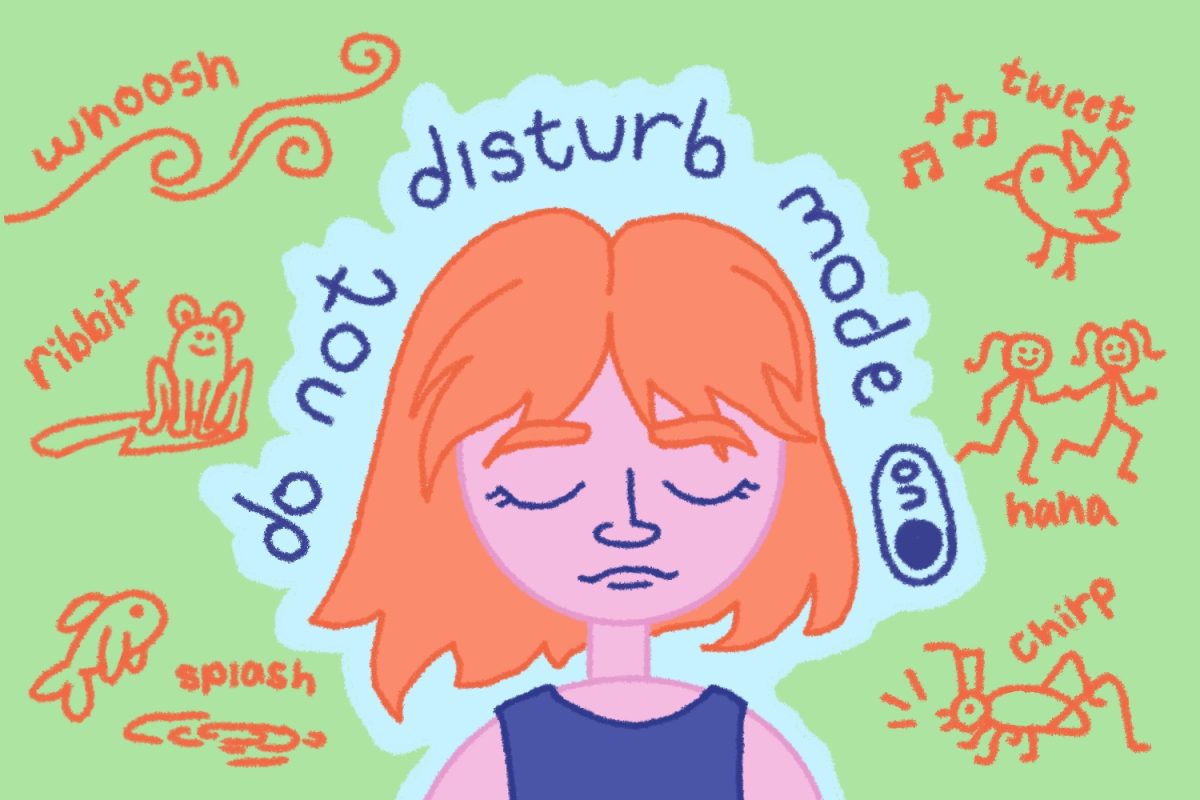






















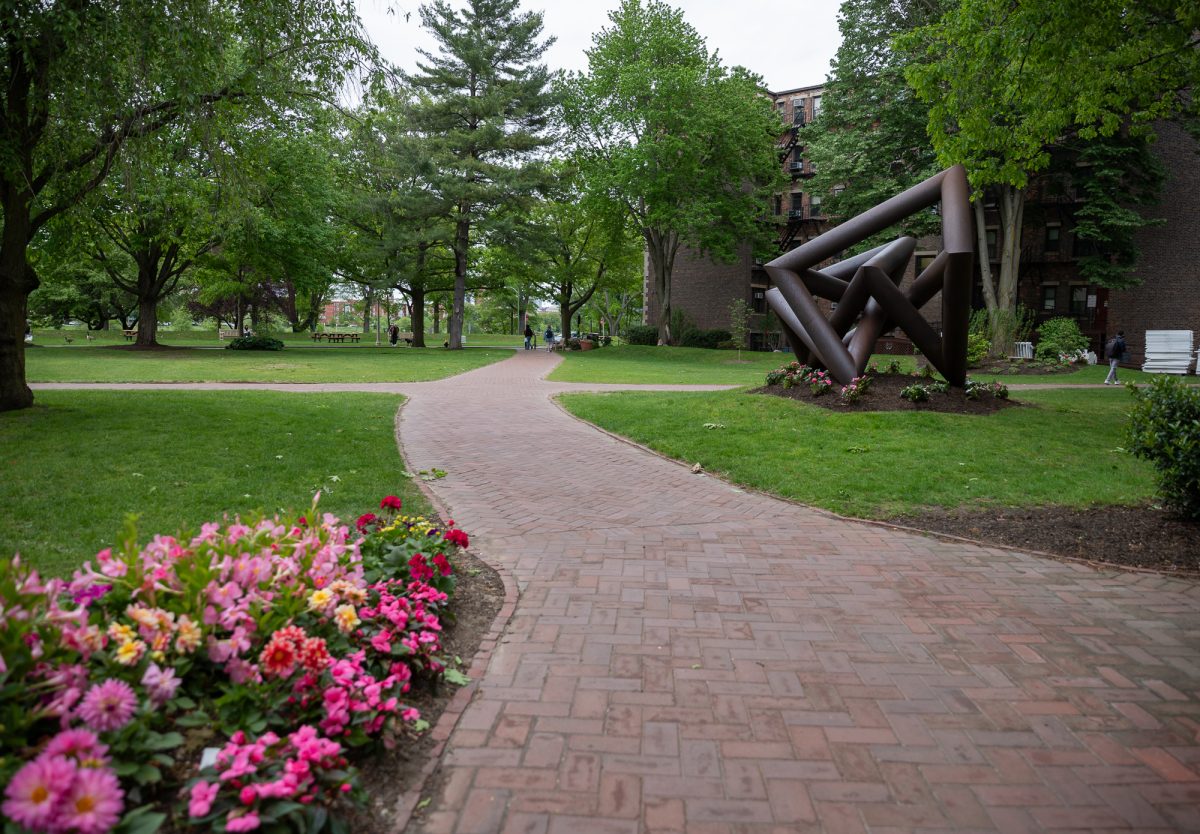
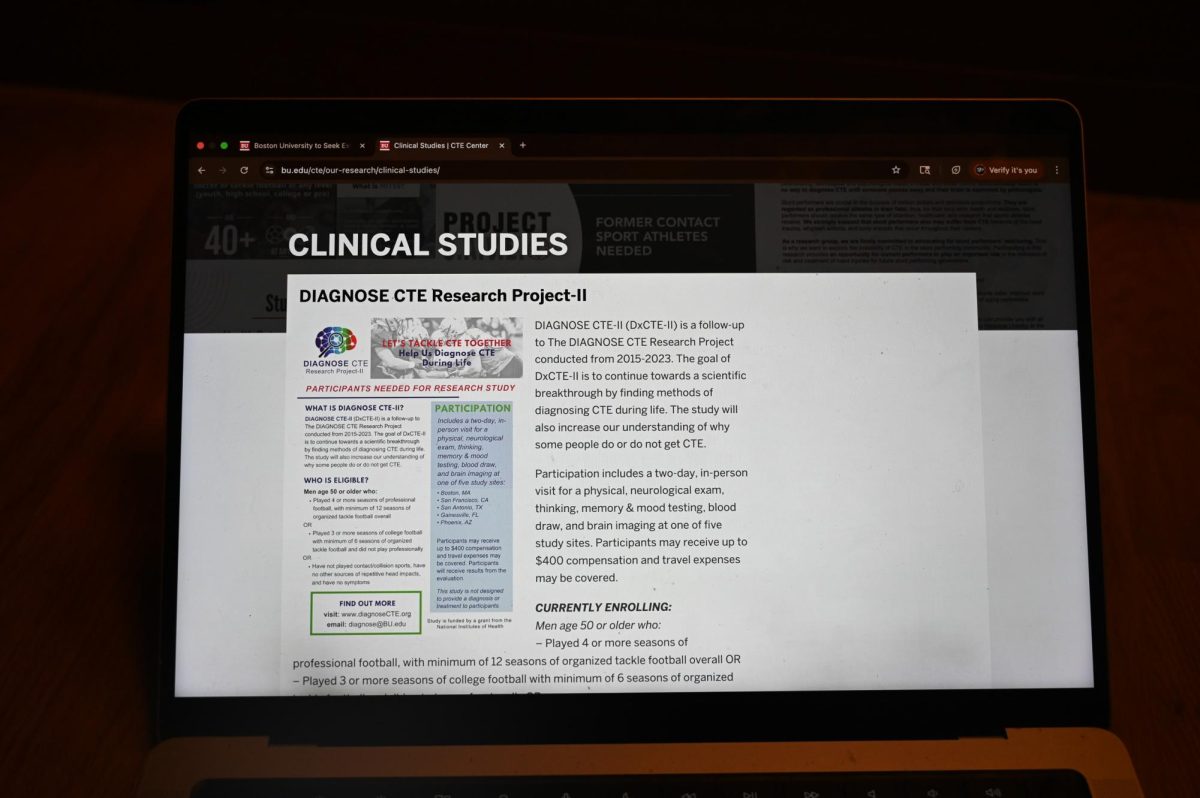
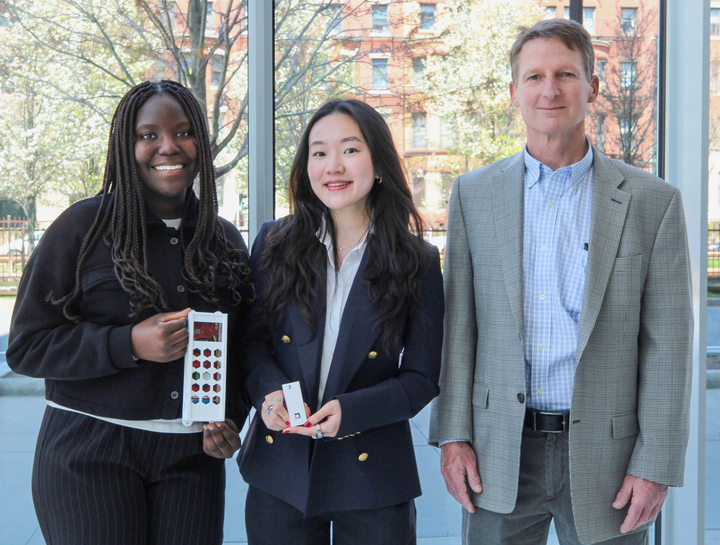
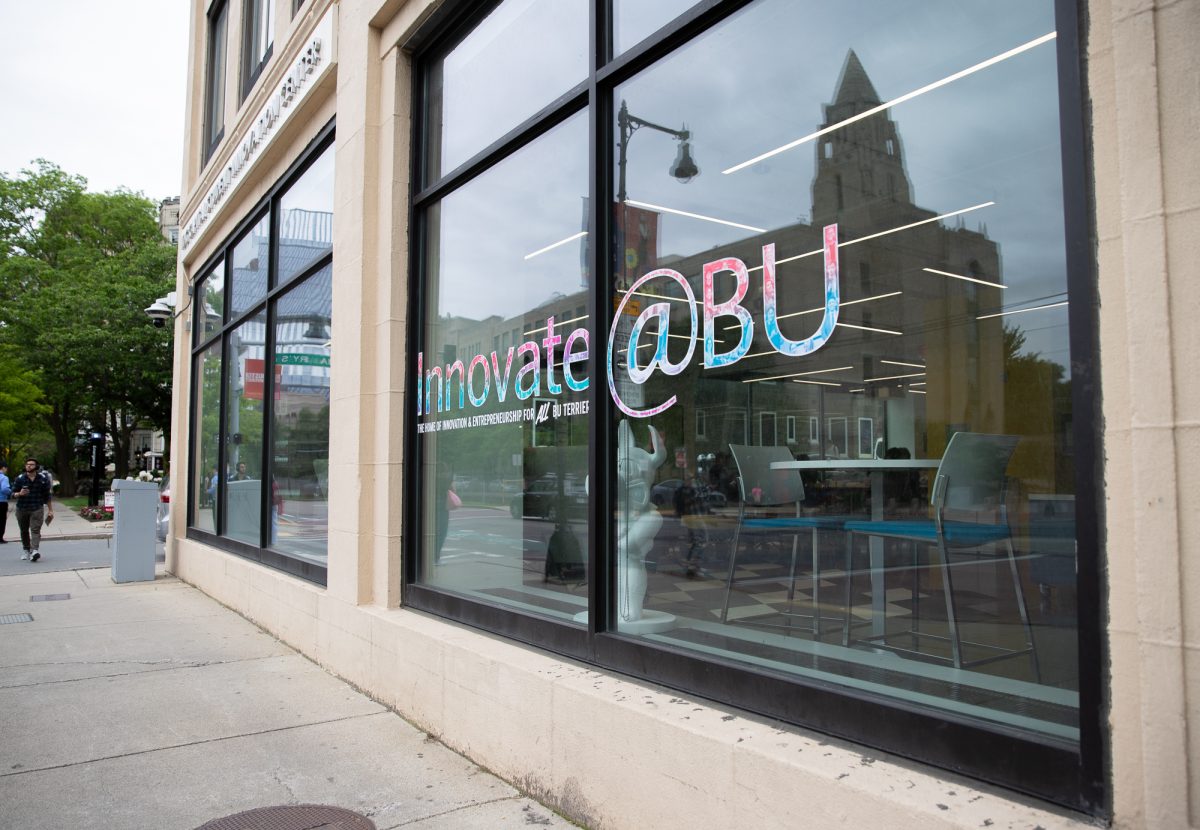
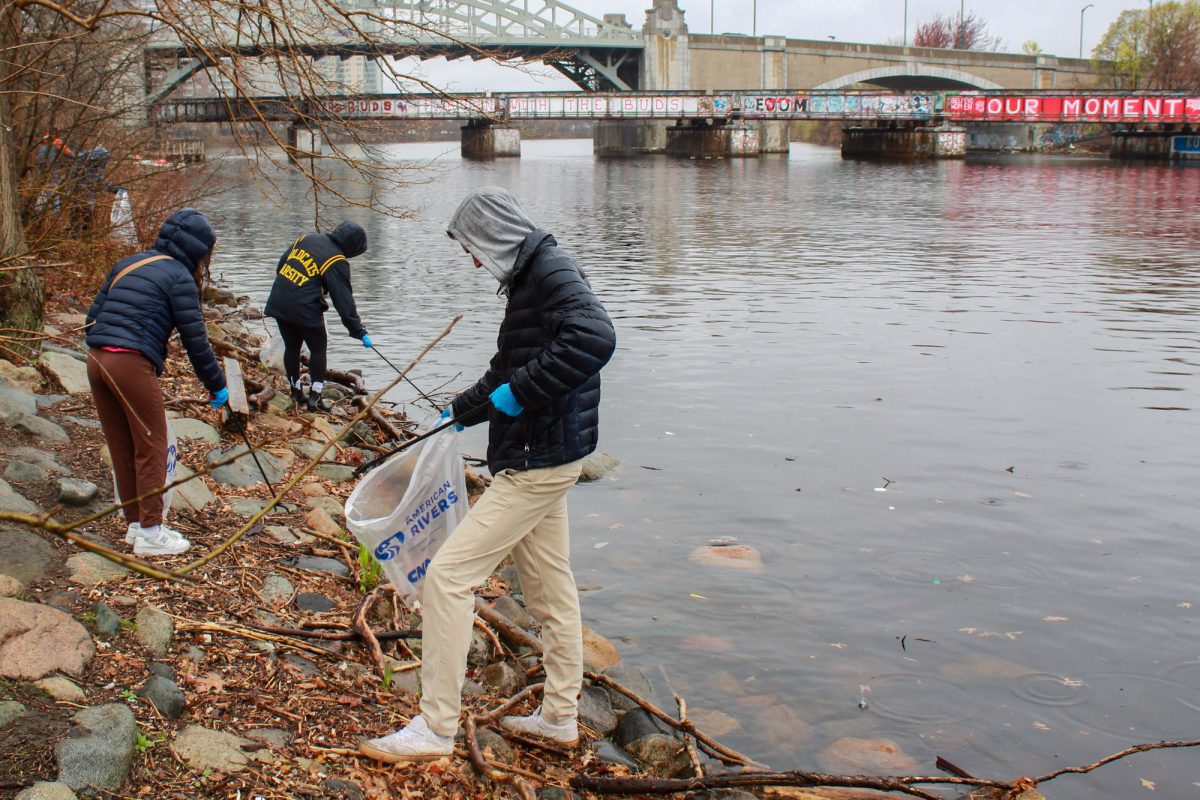
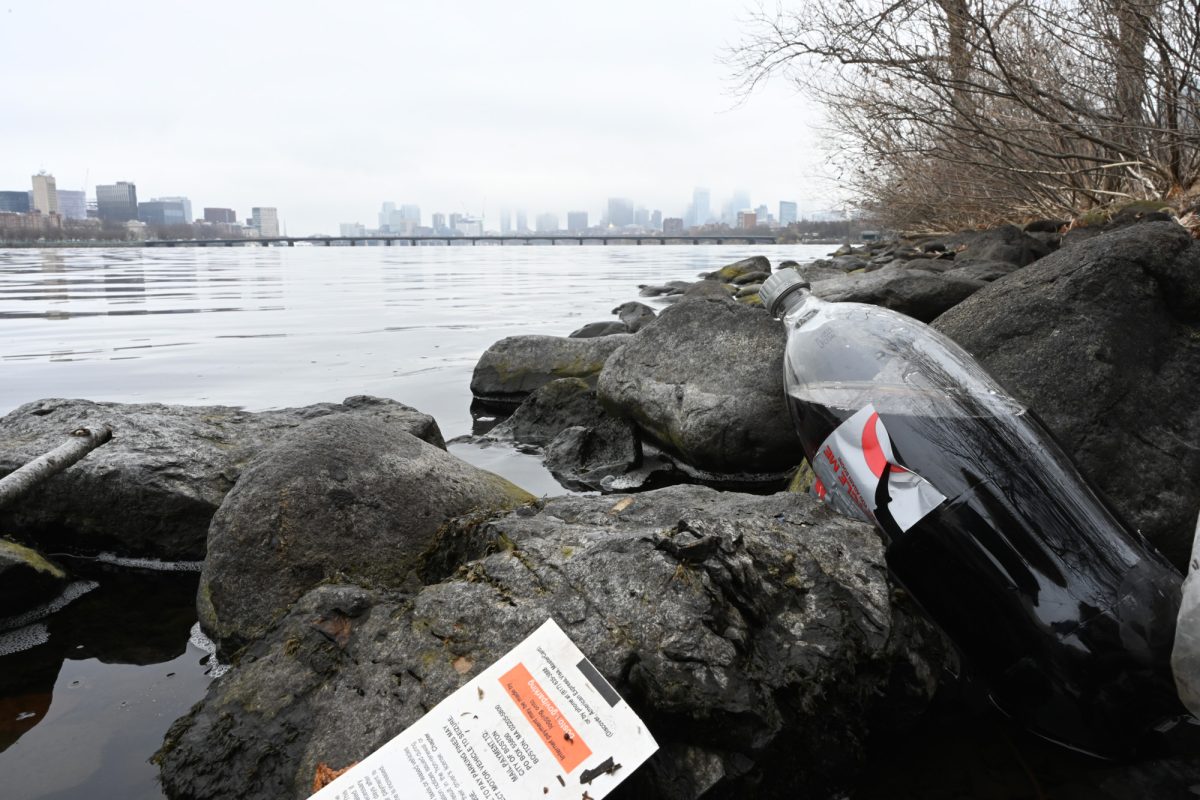
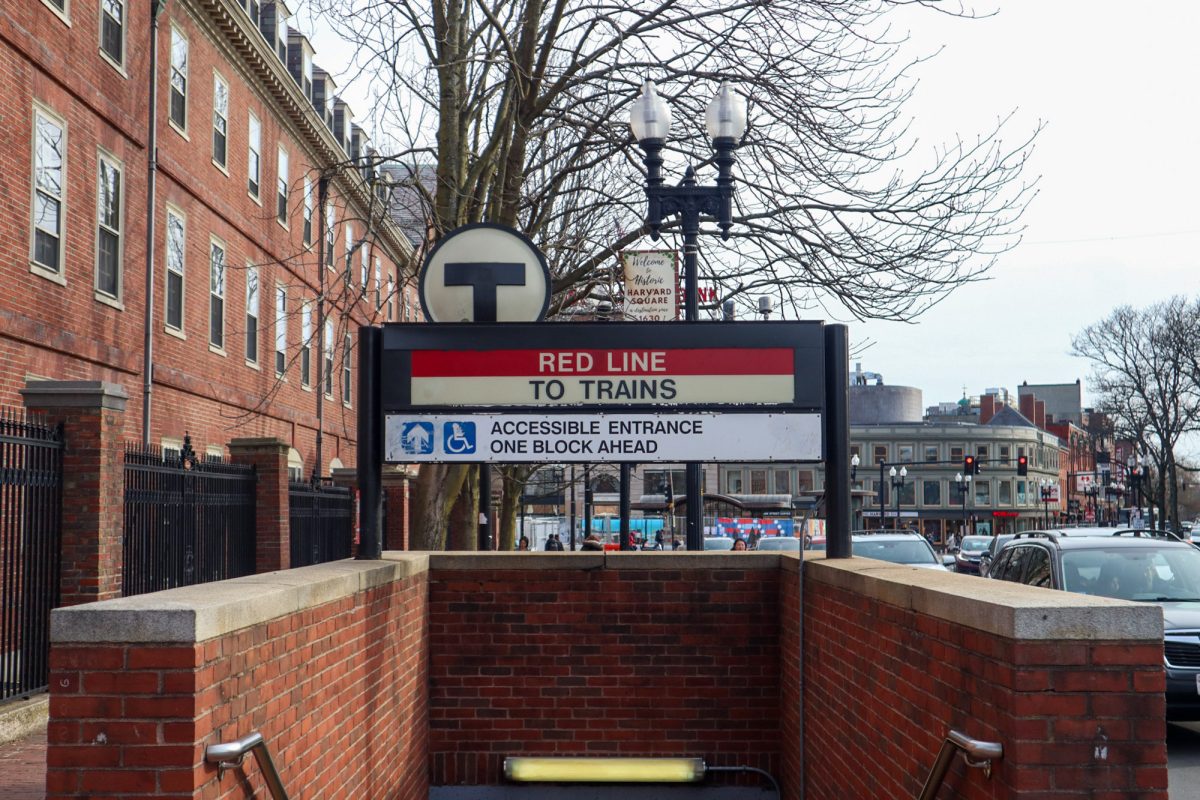
Kelly OConnell • Jun 7, 2025 at 9:11 pm
As a former Wheelock grad, you might want to look along the Riverway – a link of the Olmstead Necklace – a chain of parks in Boston that connect up to Boston Common and the Public Garden! It’s something Wheelock students learned about in our first few months on campus. Something it might be would to see you carry on especially when we’re now a part of your school!